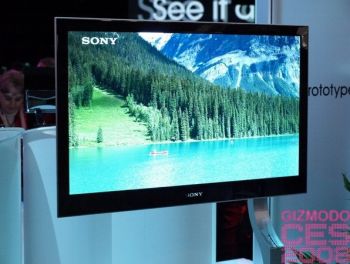Samsung to launch Full-HD AMOLED mobile displays at 400 PPI next year?
Korean site MK news reports that Samsung have plans to produce Full-HD AMOLED panels in the first half of 2012. These panels will feature a pixel density of 400 ppi or even more. Just to compare, the highest PPI AMOLED ever made is the one used in Samsung's own Galaxy Nexus (316 ppi: 4.65", 1280x720, with PenTile technology). The S3 has 306 ppi( 4.8" 1280x720, PenTile) and the Note II has only 267 ppi, 5.5" 1280x720 - but without PenTile.

Back in July it was reported that Samsung managed to reach 350 ppi using FMM (Fine Metal Mask) technology. Perhaps they are getting close to commercialize this specific technology (and also increase the resolution even further to 400 ppi).








